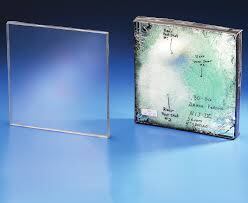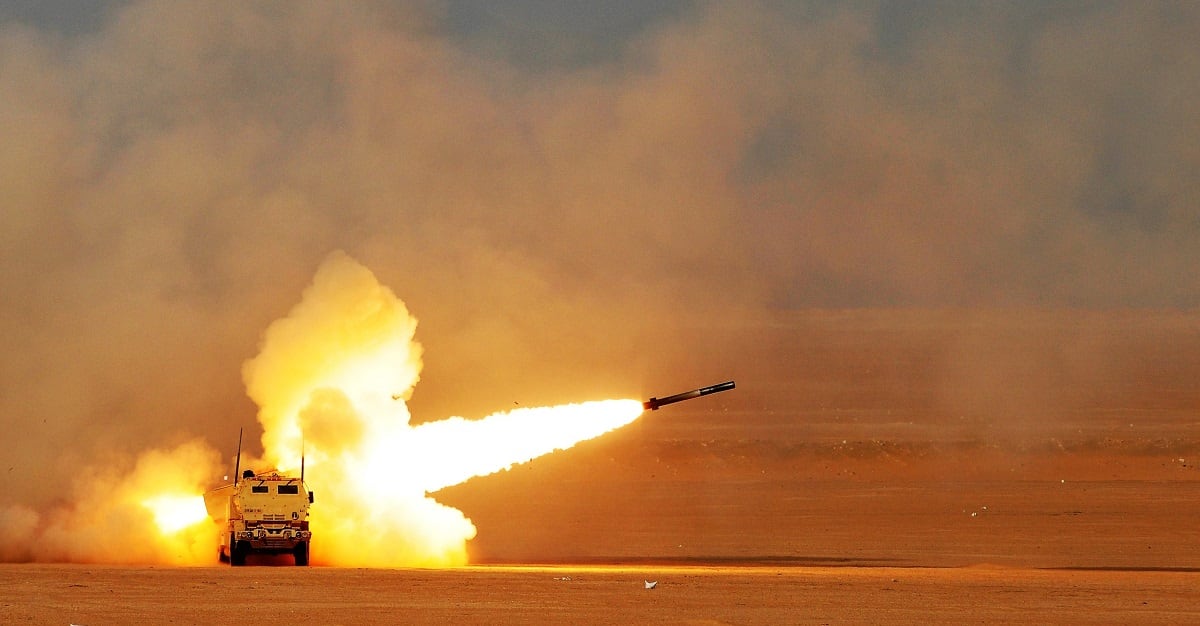A clear material known as “transparent armor” now used for an Army rocket launcher system could soon be protecting soldiers’ faces in combat.
The material, which can shatter a 7.62mm round on impact with an inch-thick panel, is used on the Army’s High Mobility Artillery Rocket System now and will soon appear on the M270A2 Multiple Launch Rocket System, said Russ Wooddell, business development manager for Saint-Gobain, which makes the Sapphire transparent armor.
The strike face material is extremely hard, resists scratches and abrasion, and cuts weight and thickness by about 50 percent when compared to glass solutions that would be used for similar purposes, Wooddell told Army Times Wednesday at the Association of the United States Army’s annual meeting.
“It’s much easier to handle,” he said. “All other materials that will be around the window won’t scratch it. Even if you took a piece of sandpaper and rubbed it across the surface, it will not scratch.”
HIMARS crews had issues with the mylar on glass windows, he said. It was difficult to see through the windows when they were firing off rockets and contending with debris and dust. Pits, dents and scratches in the window obscured the view.
Sapphire can sustain more wear and tear, and can stop a wide range of munitions, depending on the thickness of the piece, Wooddell said. It can also improve visibility when using infrared, he said.

The clearer picture and ballistic resilience of the transparent armor make it suitable for face shields for soldiers, Wooddell said.
“We’re working on a program for a high-threat protection face shield” made from Sapphire, he said, adding that the company is working with U.S. Army Natick Soldier Systems Center toward a contract for such a project.
The crystal material is customizable in size and shape. While it’s typically flat, a soldier’s face shield would be designed and formed as a curved piece.
“I see that as a roadmap for being able to make a large curved piece such as a windshield,” Wooddell said.
There’s also potential for sensor systems and optics, he said.
“We’re vehicle and platform focused, but I do see a more soldier-centric Sapphire project.”
Click here for more coverage from the 2018 AUSA conference.
Kathleen Curthoys is editor of Army Times. She has been an editor at Military Times for 20 years, covering issues that affect service members. She previously worked as an editor and staff writer at newspapers in Columbus, Georgia; Huntsville, Alabama; Bloomington, Indiana; Monterey, California and in Germany.





